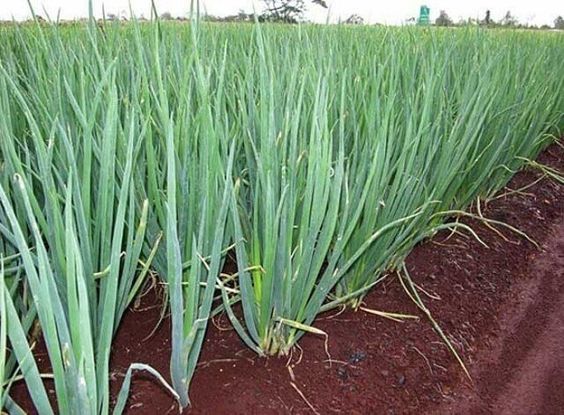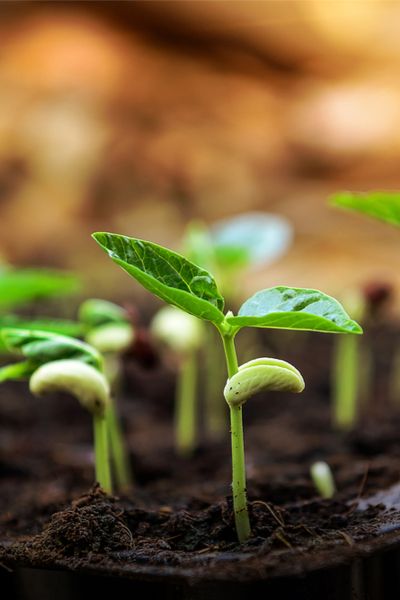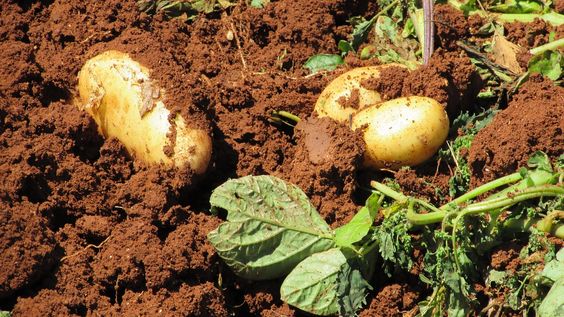Direct Planting in Corn: Optimizing Production with Smart Agriculture Technologies
Direct Planting in Corn, a vital global food source, demands efficient and sustainable agricultural practices. Direct planting, sowing seeds directly into unplowed fields, offers numerous advantages over traditional tillage methods. When combined with Smart Agriculture technologies, direct planting in corn becomes even more precise and impactful. This article explores how Smart Direct Planting leverages data-driven insights to optimize corn production, enhancing yield, resource efficiency, and overall farm profitability.
Contents
Objectives of Smart Direct Planting:
- Optimize seed placement: Precise seed depth and spacing ensure ideal germination and plant growth, maximizing yield potential.
- Minimize soil disturbance: Direct Planting in Corn,By reducing tillage, Smart Direct Planting promotes soil health, water retention, and carbon sequestration.
- Enhance resource use efficiency: Data-driven decisions on planting density, fertilizer application, and irrigation optimize resource utilization.
- Improve farm operations: Smart technologies automate tasks, streamline workflows, and facilitate real-time field monitoring.
Benefits of Smart Direct Planting in Corn:
- Increased Yield Potential: Precise seed placement and optimized growing conditions lead to improved plant establishment and yield.
- Enhanced Soil Health: Reduced tillage minimizes soil erosion, promotes microbial activity, and improves long-term soil fertility.
- Reduced Costs: Lower fuel consumption due to decreased tillage, optimized use of inputs like fertilizer and water, and streamlined workflows.
- Improved Sustainability: Conservation of soil health and reduced resource usage contribute to a more sustainable agricultural approach.
- Data-Driven Decision Making: Real-time field data empowers farmers to make informed decisions for improved management practices.
Goals of Smart Direct Planting:
- Maximize Yield Potential: By precisely placing seeds and optimizing growing conditions, Smart Direct Planting aims to achieve the highest possible corn yields per acre.
- Enhance Soil Health: This approach minimizes soil disturbance, promoting microbial activity, improving soil structure, and maximizing long-term fertility.
- Optimize Resource Use: Data-driven decisions guide planting density, fertilizer application, and irrigation, ensuring resources are used efficiently and waste is minimized.
- Streamline Farm Operations: Smart technologies automate tasks, improve workflow efficiency, and enable real-time field monitoring, allowing farmers to manage their operations more effectively.
- Promote Sustainability: By minimizing tillage and optimizing resource use, Smart Direct Planting aims to create a more sustainable agricultural system with a reduced environmental footprint.
Smart Technologies for Direct Planting in Corn:
- Precision Seeding Equipment: Modern planters utilize GPS technology for accurate seed placement, ensuring optimal spacing and depth.
- Yield Monitors: These on-the-go sensors capture data on yield variability across the field, allowing for targeted management decisions.
- Soil Moisture Sensors: Real-time monitoring of soil moisture guides irrigation practices, preventing overwatering and optimizing water use efficiency.
- Variable Rate Technology (VRT): This technology enables the application of fertilizers, pesticides, and seeds at precise rates based on specific field zones, reducing waste and optimizing input use.
- Remote Sensing and Drones: High-resolution aerial imagery and data collected by drones offer insights on crop health, allowing for targeted interventions and improved pest and disease management.
- Farm Management Software: Cloud-based platforms integrate data from various sources, providing comprehensive insights into field performance and facilitating data-driven management decisions.
Explanation: How Smart Direct Planting Works
- Data Collection: Soil analysis, historical yield data, weather forecasts, and real-time field sensors contribute to a comprehensive data pool.
- Field Mapping: Utilizing Geographic Information Systems (GIS), detailed field maps are created, with zones identified based on soil type, historical yield, and other relevant factors.
- Plan Development: Farm management software analyzes data, recommending seeding rates, fertilizer application rates, and irrigation plans tailored to specific field zones.
- Precision Seeding: Modern planters equipped with GPS and VRT ensure accurate seed placement based on the generated plan.
- Real-Time Monitoring: Soil moisture sensors and remote sensing data provide insights on crop health and environmental conditions.
- Data-Driven Adjustments: Throughout the growing season, ongoing data analysis helps inform adjustments to irrigation, pest management, and nutrient applications as needed.
Conclusion Direct Planting in Corn Smart Direct Planting in Corn represents a significant leap forward in agricultural technology. By leveraging data and automation, farmers can achieve optimal seed placement, minimize soil disturbance, and optimize resource use. This approach not only increases corn yields and profitability but also contributes to a more sustainable agricultural future. As Smart Agriculture technologies continue to evolve, we can expect even greater advancements in direct planting practices, further revolutionizing corn production and ensuring food security for generations to come.




